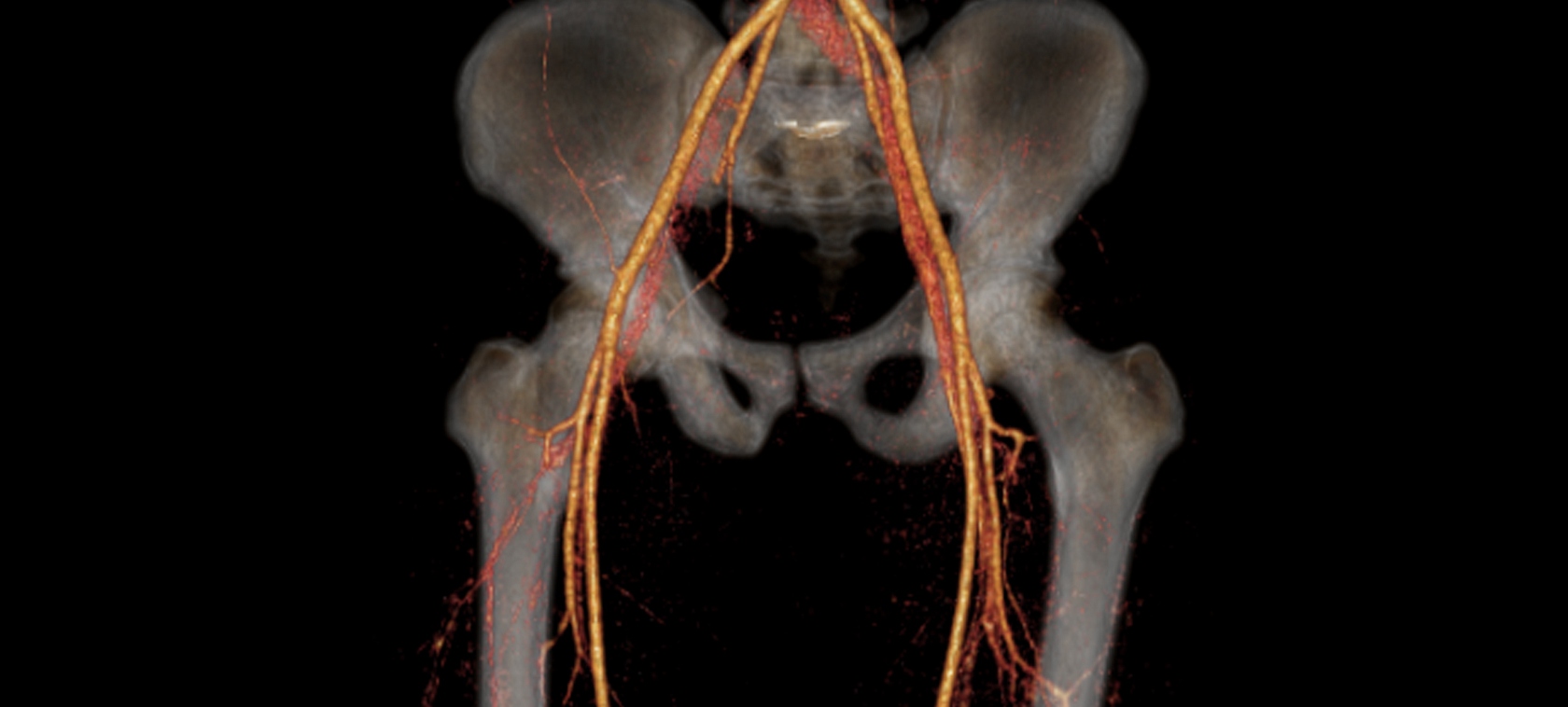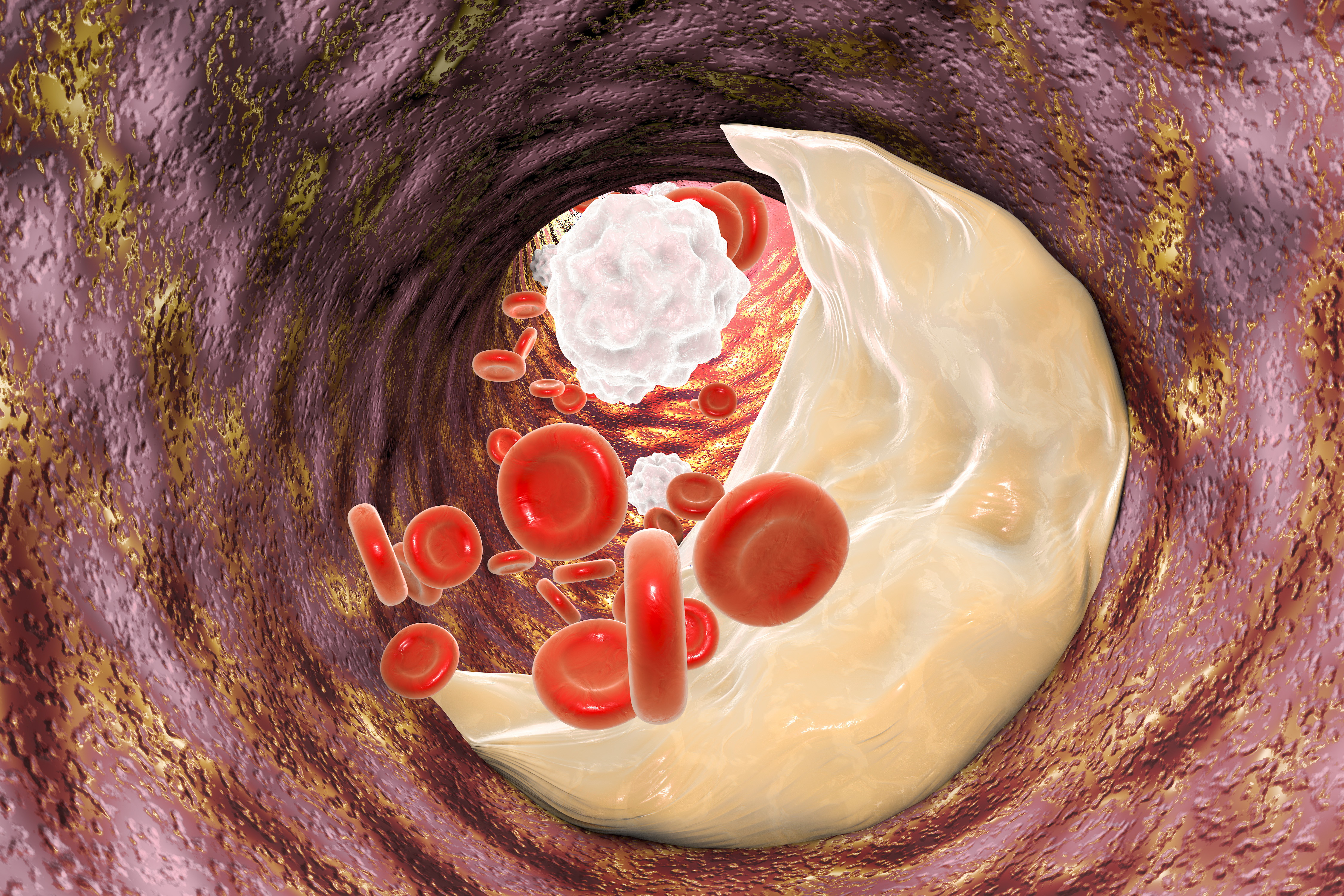A study conducted by Yongle Xu et al. demonstrated that the superiority of Drug-Coated Balloon (DCB) versus percutaneous transluminal angioplasty (PTA) in the efficacy of femoropopliteal artery disease (FPAD) treatment persists at 24-month follow-up. The findings, which were published online in JACC: Cardiovascular Interventions, also showed that the safety of DCB was equivalent to that of PTA.
Prior to this study, the midterm outcome of DCB versus uncoated balloon percutaneous transluminal angioplasty (PTA) for femoropopliteal artery disease (FPAD) was still debated. This clinical trial investigated the midterm outcomes of DCB on patients with more complex femoropopliteal lesions compared with other randomized controlled trials. Some important subgroups were analyzed to show the relevant outcomes with DCBs. The authors sought to investigate the midterm efficacy and safety of drug-coated balloon (DCB) in the treatment of severe femoropopliteal artery disease (FPAD).
A total of 200 Chinese patients with FPAD were prospectively randomized into treatment with DCB or with PTA. The primary efficacy endpoints were the primary patency of the target lesion, freedom from clinically driven target lesion revascularization, improved ankle-brachial index, and improved Rutherford class at 24 months. The primary safety endpoint was the rate of major adverse events. The results of the study demonstrated that the DCB and PTA groups were comparable in demographic characteristics and clinical severity at baseline. At 24-month follow-up, primary patency was better in the DCB group versus PTA group (64.6% vs. 31.4%; p < 0.001). The DCB group had a higher rate of freedom from clinically driven target lesion revascularization than the PTA group (86.5% vs. 58.9%; p < 0.001). Rutherford class and ankle-brachial index also confirmed more improvements in the DCB group (p < 0.01 and p < 0.05, respectively). There was no significant difference in major adverse events.
 [perfectpullquote align=”full” bordertop=”false” cite=”” link=”” color=”” class=”” size=””]“The evidence base surrounding the treatment of femoropopliteal disease is maturing at a rapid pace. Although it is clear on the basis of AcoArt and other data that DCB outperforms PTA in femoropopliteal disease, it remains uncertain which DCB is best, how DCBs compare with other technologies, and whether combination therapy (e.g., atherectomy plus DCB) outperforms DCB alone. For now, clinicians and patients must appreciate this steady progress, while eagerly anticipating more in the future.”- Dr. Beau M. Hawkins, M.D.[/perfectpullquote]
[perfectpullquote align=”full” bordertop=”false” cite=”” link=”” color=”” class=”” size=””]“The evidence base surrounding the treatment of femoropopliteal disease is maturing at a rapid pace. Although it is clear on the basis of AcoArt and other data that DCB outperforms PTA in femoropopliteal disease, it remains uncertain which DCB is best, how DCBs compare with other technologies, and whether combination therapy (e.g., atherectomy plus DCB) outperforms DCB alone. For now, clinicians and patients must appreciate this steady progress, while eagerly anticipating more in the future.”- Dr. Beau M. Hawkins, M.D.[/perfectpullquote]
Therefore, this study followed up 200 patients with femoropopliteal artery disease over 24 months. PP was better in the group treated with drug-coated balloons, and this group also required fewer repeat interventions. Moreover, long-term patency and cost-effectiveness remain to be determined. Speaking of the next steps, the investigators claimed that for some specific lesions, such as ISR lesions, long lesions, total occlusions, future, large-scale randomized controlled trials would be carried out with DCBs, especially in Chinese patients with more complex baselines. Commenting on the relevance of the findings of this study, Dr. Beau M. Hawkins stated, “The evidence base surrounding the treatment of femoropopliteal disease is maturing at a rapid pace. Although it is clear on the basis of AcoArt and other data that DCB outperforms PTA in femoropopliteal disease, it remains uncertain which DCB is best, how DCBs compare with other technologies, and whether combination therapy (e.g., atherectomy plus DCB) outperforms DCB alone. For now, clinicians and patients must appreciate this steady progress, while eagerly anticipating more in the future.”





